Nature is brilliant, for sure, but sometimes downright weird.

Across the animal kingdom, survival doesn’t always look like speed, strength, or camouflage. In fact, some creatures have evolved strategies so bizarre, they seem like glitches in the natural order. Here are 14 animal survival tactics that shouldn’t even be possible—yet somehow, they work.
1. The sea cucumber ejects its own organs to scare predators.

When threatened, a sea cucumber doesn’t run or hide—it ejects its internal organs through its anus. The slimy, sticky mess confuses or repels predators, giving the sea cucumber just enough time to escape. Even stranger? It survives this self-evisceration and regrows the lost organs within weeks. It’s as if your best defence was throwing your intestines at someone, then simply growing a new set like nothing happened.
2. The opossum fakes death so convincingly it fools predators (and people).
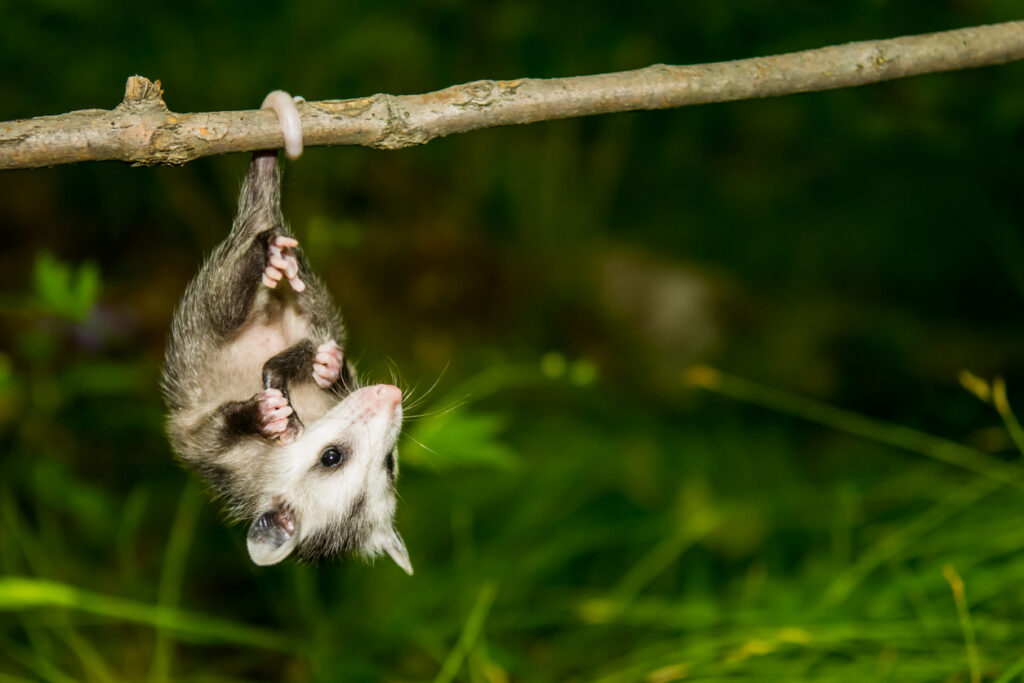
“Playing possum” isn’t an exaggeration—it’s an extreme survival tactic. When truly terrified, an opossum collapses, goes limp, emits a foul smell, and slows its breathing to near undetectable levels. This isn’t a conscious decision. In reality, it’s a neurological shutdown, like a built-in off-switch. Many predators lose interest in prey that appears dead and possibly diseased, making this act of involuntary dramatic flair surprisingly effective.
3. Wood frogs freeze solid—then thaw back to life.

In parts of North America, wood frogs survive brutal winters by literally freezing. Their heartbeat stops, ice forms in their bodies, and for weeks they remain suspended in a state that looks like death.
But when temperatures rise, they thaw out and hop away as if nothing happened. Their blood contains glucose and urea, which act like antifreeze, protecting their cells from damage. It’s full-body cryonics—except real, and seasonal.
4. The hagfish creates slime that chokes attackers.
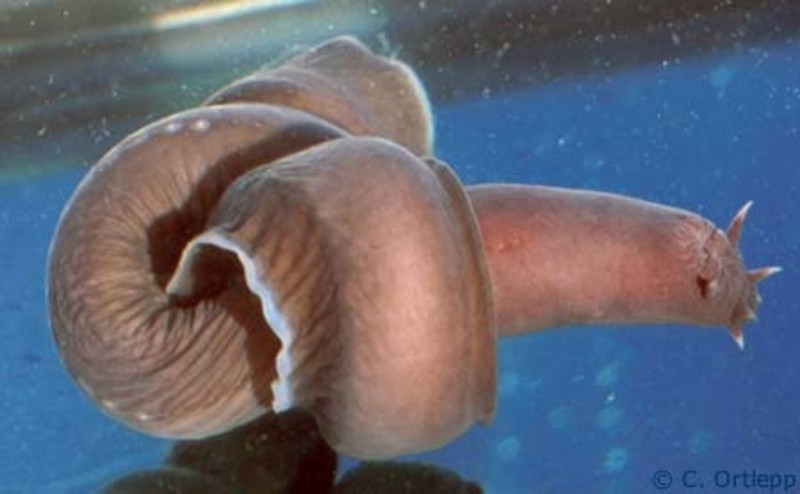
The hagfish doesn’t have jaws or teeth, but it has one of the strangest defence mechanisms on the planet: it produces litres of slime in seconds. When bitten, its body releases proteins that expand into goo on contact with water, clogging the gills and mouths of predators.
The slime is so thick and fast-acting that it can literally suffocate an attacker trying to eat it. Scientists are still trying to replicate the material for uses in tech and medicine—but the hagfish perfected it millions of years ago.
5. The lyrebird mimics chainsaws and camera shutters.

Native to Australia, the lyrebird is known for its almost supernatural ability to mimic sounds. Not just other birds, either—it can do camera clicks, phone alarms, chainsaws, and even human voices. This mimicry likely evolved to help males attract mates by showing off their vocal range. However, it also doubles as an eerie survival advantage—confusing predators or humans by throwing sound off completely. It’s not just camouflage—it’s audio deception.
6. The African killifish puts its embryos on pause for years.
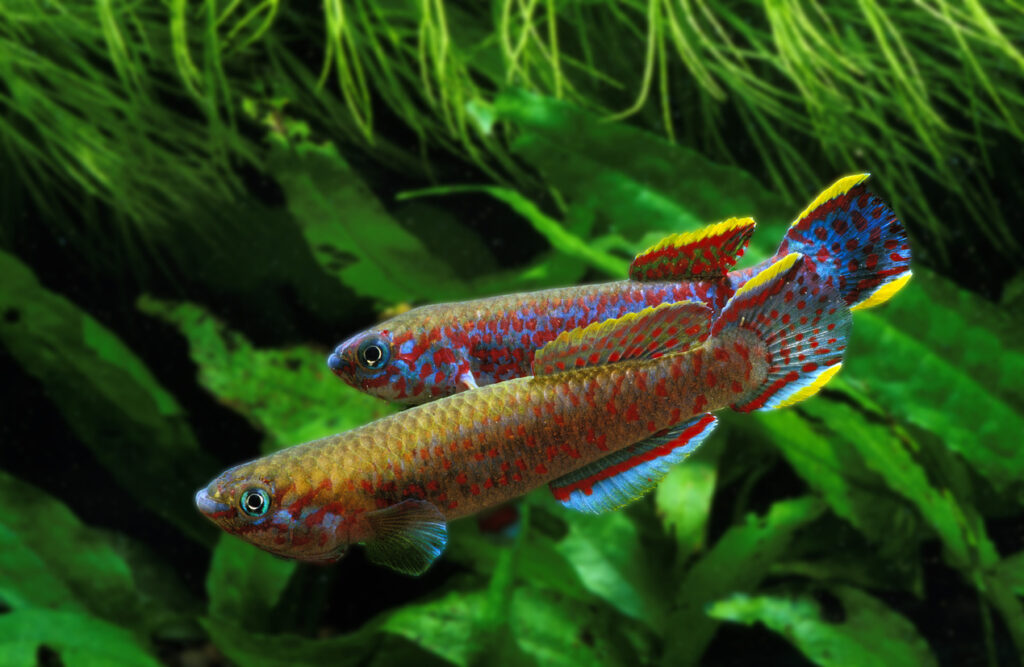
In temporary ponds that dry up completely for long stretches, the African killifish has adapted a unique survival strategy. Its embryos can enter diapause—a kind of suspended animation—remaining dormant in dry mud for months or even years. When the rains return, they hatch as if no time has passed. This ability to “pause” life in extreme conditions allows the species to outlast its disappearing habitat, defying the usual rules of development and reproduction.
7. The horned lizard shoots blood from its eyes.
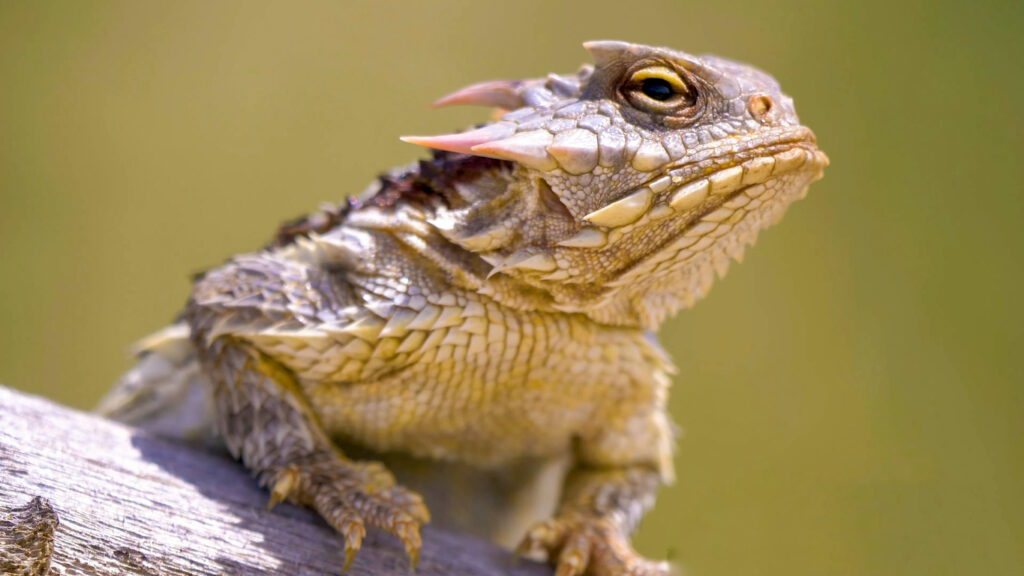
As defences go, this one feels straight out of a horror film. When threatened, the Texas horned lizard can rupture tiny blood vessels around its eyes and squirt a stream of blood up to five feet. The blood confuses or deters predators—especially canines, who find it foul-tasting. It’s not a last resort, either—it’s a built-in reflex. This tiny desert dweller essentially weaponises its own circulatory system.
8. Immortal jellyfish resets its life cycle when injured.
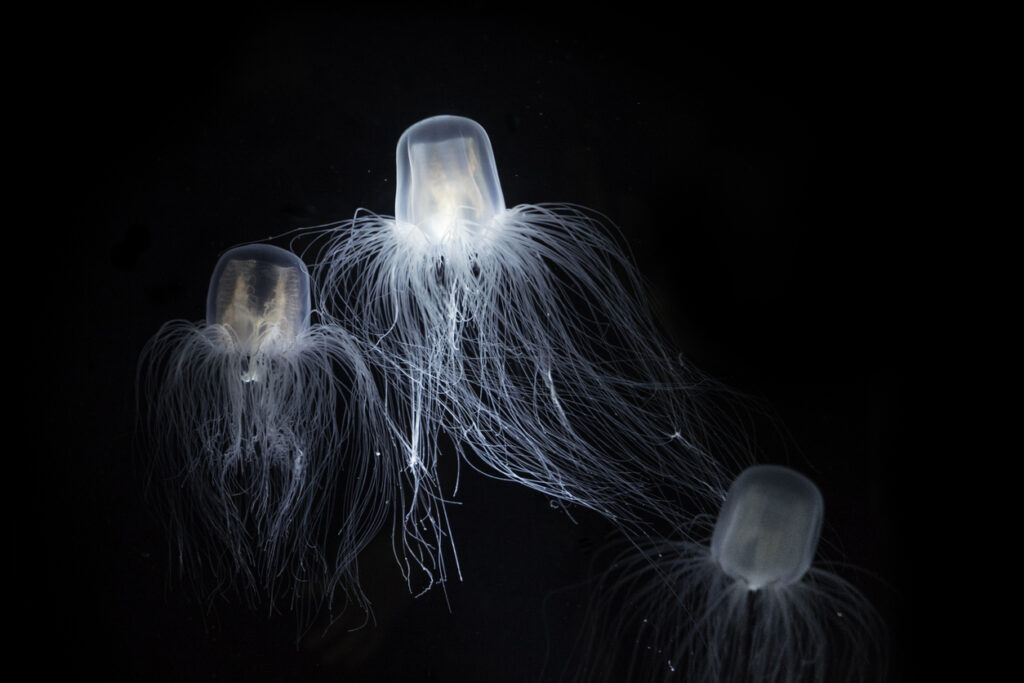
Turritopsis dohrnii, sometimes called the “immortal jellyfish,” can revert its cells back to their earliest form after reaching adulthood. It doesn’t just heal; it starts life over again from the beginning. While it’s not invincible (it can still be eaten or die from disease), its ability to escape ageing and regenerate indefinitely makes it one of the only known animals with a built-in biological reset button.
9. The mimic octopus impersonates other species on demand.
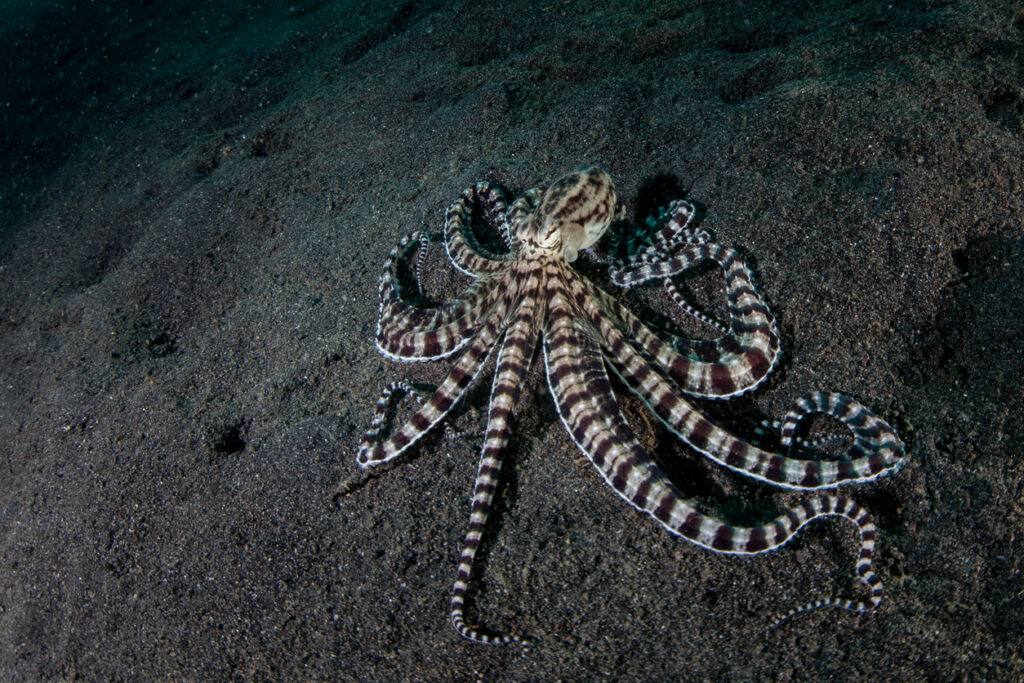
Rather than rely on speed or brute force, the mimic octopus defends itself with deception. It can change both its shape and behaviour to resemble venomous sea creatures—like lionfish, sea snakes, and flatfish—depending on the threat. It chooses the mimicry based on what predator it’s trying to deter. It’s not just impressive camouflage, which is cool. It’s situational shape-shifting, showing a level of intelligence and adaptability that still stuns scientists.
10. The basilisk lizard runs on water.
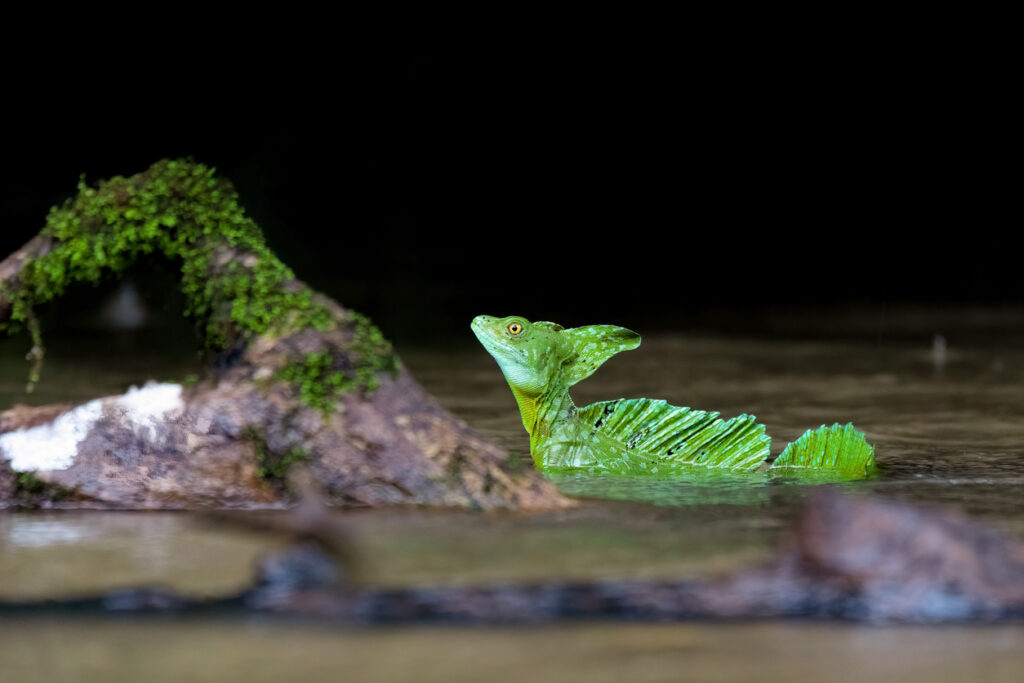
Nicknamed the “Jesus lizard,” the basilisk can sprint across water surfaces using nothing but speed, balance, and its large hind feet. The trick? Slapping the water hard enough and fast enough to create tiny pockets of air that support its weight. This skill lets it evade predators with dramatic flair. One moment it’s on the ground, the next it’s sprinting across a pond like gravity doesn’t apply. It’s physics, adrenaline, and evolution in perfect sync.
11. The zombie ant fungus turns ants into walking puppets.
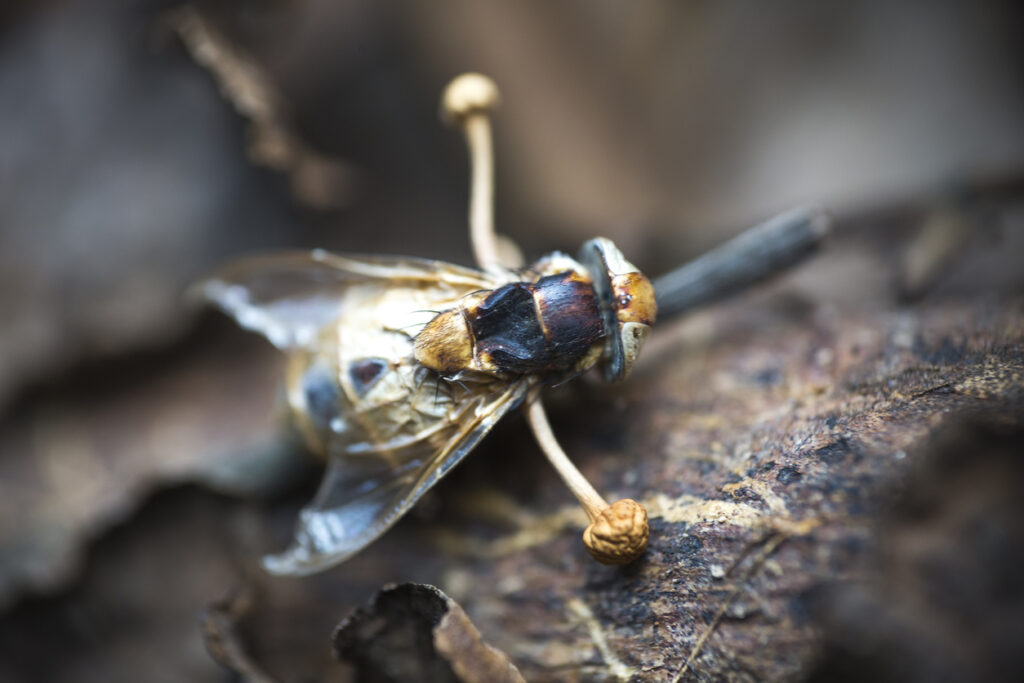
Ophiocordyceps is a parasitic fungus that infects ants, takes over their nervous system, and controls their movements. It guides the ant to a specific location, forces it to clamp down on a leaf, and then sprouts from its body to release spores. The infected ant isn’t just sick—it’s completely hijacked. This eerie survival tactic allows the fungus to reproduce in the perfect environment. It’s a horror story that plays out daily in tropical forests.
12. The hoatzin bird digests food like a cow.
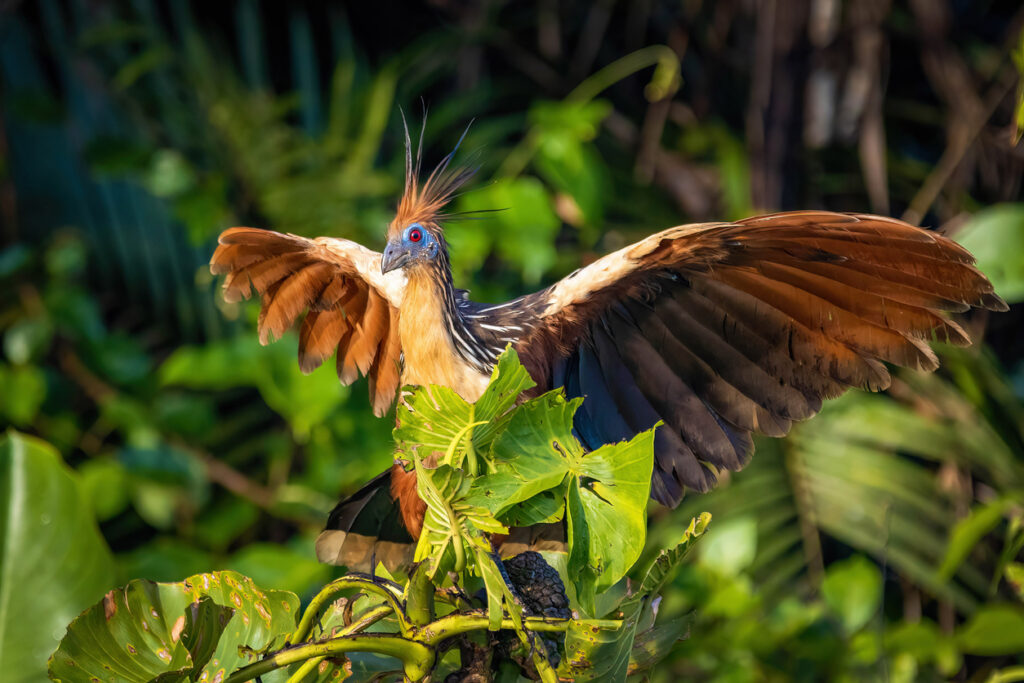
Found in South America, the hoatzin has a fermentation chamber in its gut similar to a cow’s stomach. It uses bacteria to break down leaves, which is rare for a bird and gives it a rather pungent smell, earning it the nickname “stinkbird.” However, it’s not just unusual digestion—it’s an evolutionary throwback. As chicks, hoatzins also have claws on their wings to help climb, a feature not seen in birds since the age of dinosaurs. It’s part reptile, part ruminant, and entirely bizarre.
13. The glass frog turns transparent at rest.
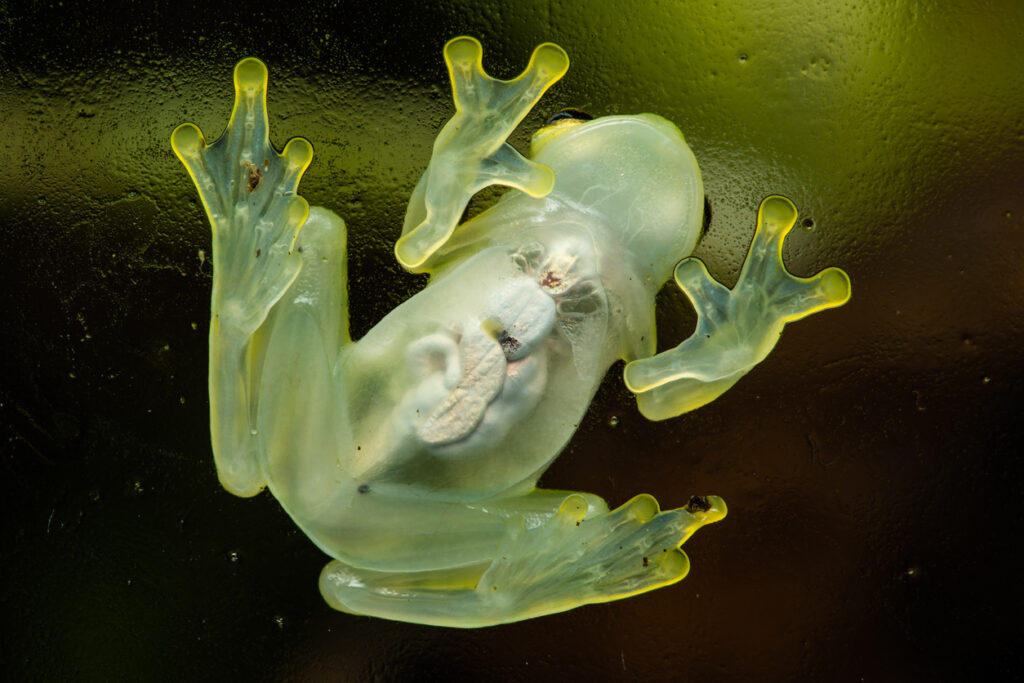
Some species of glass frogs become almost completely transparent when they sleep. Their organs, bones, and bloodstream become barely visible, helping them avoid predators through near-invisibility on bright green leaves. What’s fascinating is that they don’t shut down circulation entirely, they just hide it. Their red blood cells vanish into their liver during rest, avoiding the light and making them harder to spot. It’s a masterclass in optical illusion.
14. The spitting cobra defends itself from a distance.
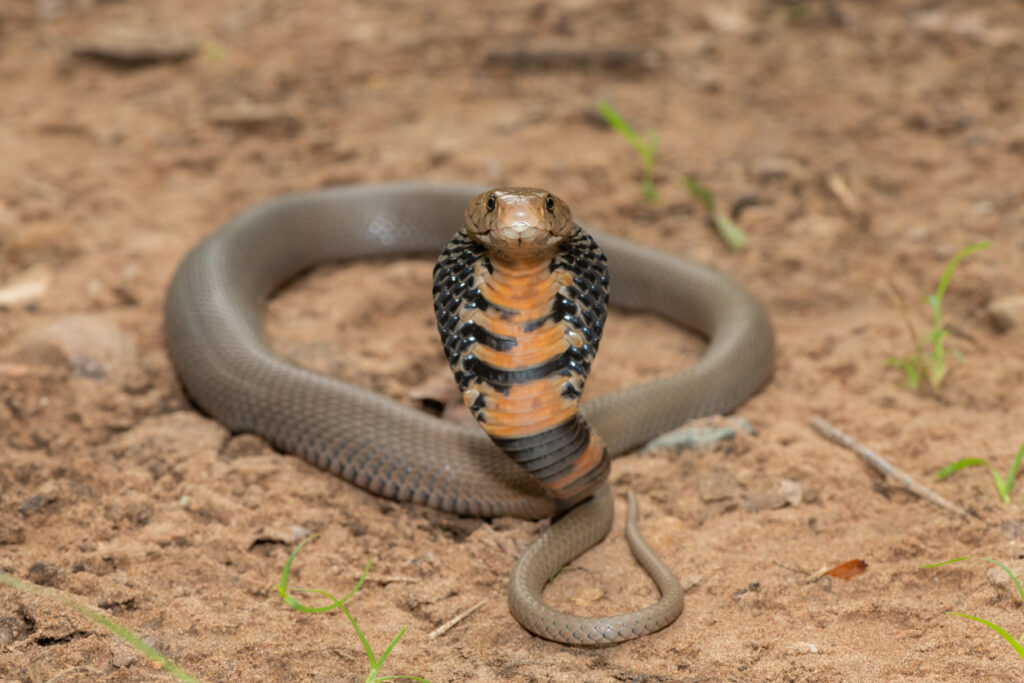
Unlike most snakes, spitting cobras don’t need to bite to defend themselves. They can aim and project venom directly at an attacker’s eyes from several feet away. The venom causes intense pain and temporary or permanent blindness. What’s most impressive is their accuracy—they can adjust their aim based on the target’s movement. It’s venom as a projectile, turning a snake into a long-range weapon when retreat isn’t an option.